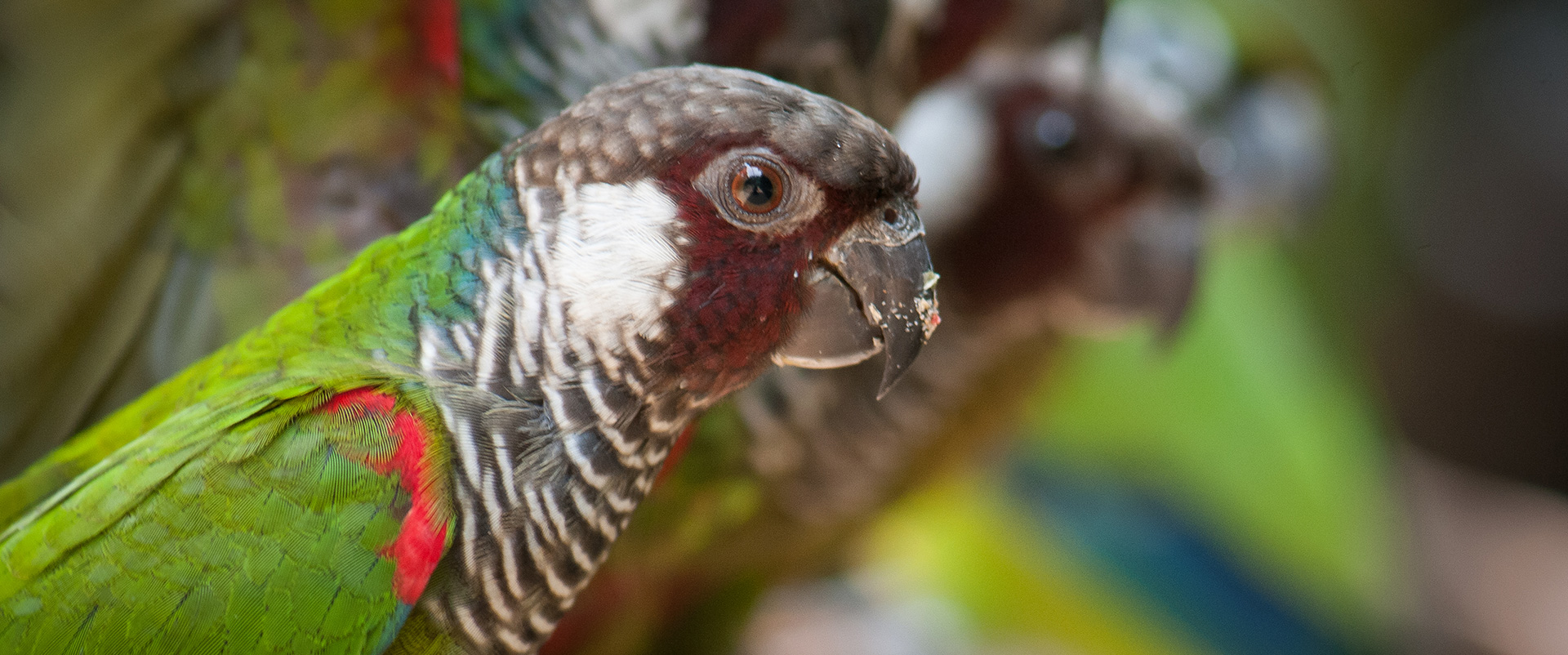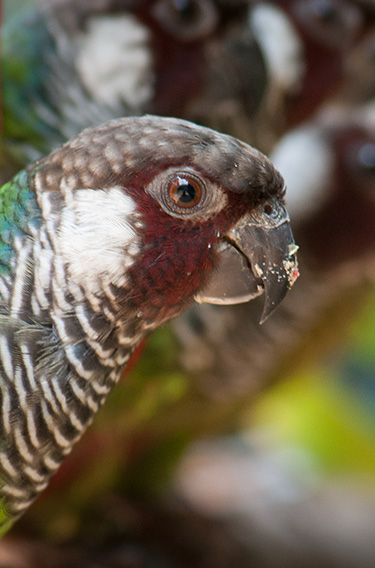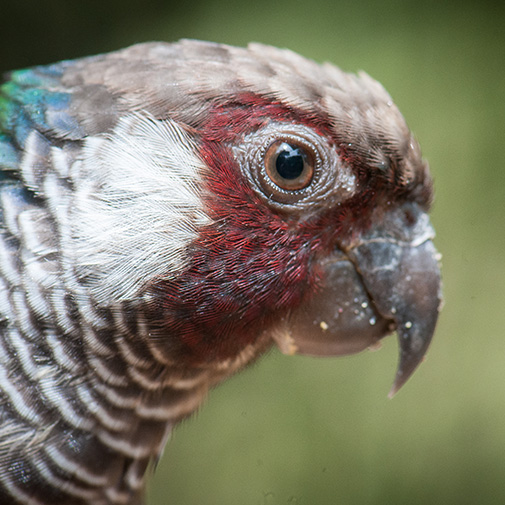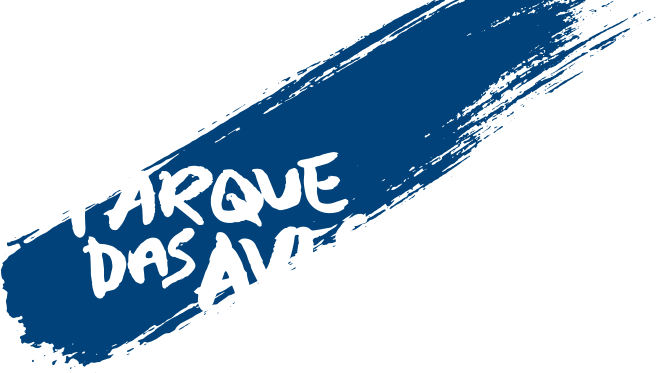


REHABILLITATION OF BIRDS FOR REINTRODUCTION PROJECTS
We are ready to receive, assess, and rehabilitate birds intended for reintroduction projects, but also to train professionals in the area. Contact: [email protected]
Learn more about our work in shelter and recovery.

 |
REHABILLITATION OF BIRDS FOR REINTRODUCTION PROJECTS |

We are ready to receive, assess, and rehabilitate birds intended for reintroduction projects, but also to train professionals in the area. Contact: [email protected]
Learn more about our work in shelter and recovery.
Case: Espaço Silvestre and the reintroduction of vinaceous-breasted Amazon parrots

The vinaceous-breasted Amazon parrot (Amazona vinacea) can be found in Brazil, Paraguay, and northern Argentina. In Brazil they are found in the south of Bahia and northern Minas Gerais all the way to Rio Grande do Sul. Recent records from Argentina mention the mid-west region of Misiones and an isolated population in Campo Viera. In Paraguay they have been seen at the Federation Units of Canideyú, Alto Paraná, and Caaguazú. Since 2009 this parrot has been classified as Endangered (EN) of extinction by IUCN and have shown a trend of population decline according to the same source. In spite of the species presenting a wide geographic distribution, its population size in Brazil is still not completely known and is estimated at no more than 8,000 animals.


The Reintroduction Project of the vinaceous-breasted Amazon parrot into the Araucarias National Park was established in 2010 by Espaço Silvestre Institute. This action up until now has reintroduced 153 parrots at the site: 13 in 2001, 30 in 2012, 33 in 2015, 7 in 2016, 30 in 2017, and 40 in 2018. In 2017, Parque das Aves sent animals from its population to be reintroduced into the site. When they arrived there, the animals underwent a behavioral training that prepared them for the soft release process that they would pass through. Parque das Aves also contributed with financial support for building the nest boxes that offer this and other species a greater opportunity to find a place to nest in the region, and also provided the trap cameras, which are essential for the post-release monitoring.
CLICK ON THE LINKS BESIDE AND LEARN MORE
 Every day from 8:30am to 4:30pm
Every day from 8:30am to 4:30pm Prices
Prices


